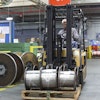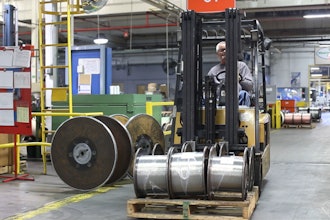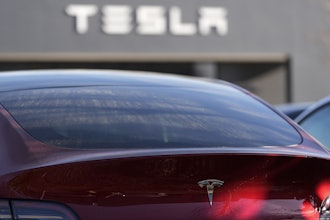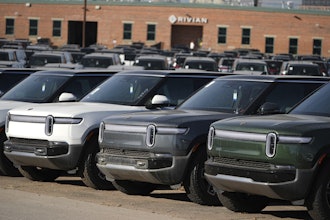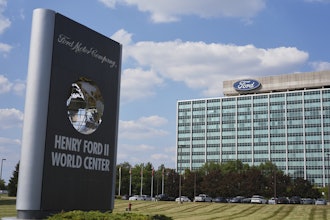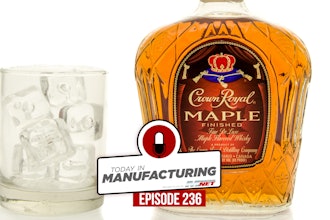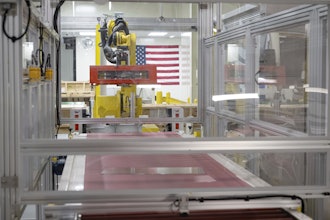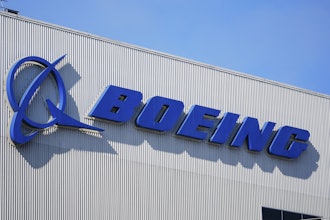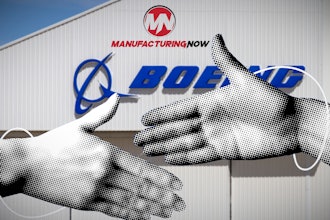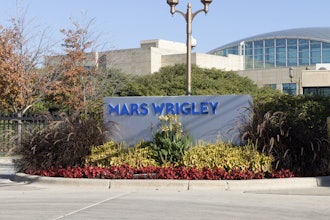Crowdsourcing is the extreme front line of demand-driven manufacturing. Savvy food processors are engaging consumers through social media, effectively transforming them into product formulators, fans, and advertisers.
Lay’s is running its second annual Do Us a Flavor campaign, which gives taste makers a shot at a $1 million prize for their flavor creativity. At a website of the same name, users can create varieties of Original, Wavy and Kettle Cooked chips. When site visitors type in a base flavor, a photo of the corresponding food pops onto the image of a chip bag. Users can add up to two ingredients more before posting it to social media, completing the entry. Then the new chip flavor is pitted against other submissions in a “Flavor Showdown.” The two flavors are displayed on the page, along with thumbnails of their creators’ social media avatars, and the viewer picks one with the “I’d Eat That” button. This gives Lays insight into what chip lovers like.
The site holds interesting flavors aplenty. Some fun and innovative recipes I spied were Quiche with spinach, artichoke and goat cheese, Olive Garden Breadsticks, Polish Potato Pierogi, Fried Olive, Green Bean Casserole, Chicken Fried Rice, Lasagna, Bruschetta and Truffle Mac and Cheese. My intended creation, Shishito Pepper, got me admonished for not “keep[ing] it clean.” Yet, Porcupine Meatballs, Melancholy and Roast Human Sacrifice made it through the filters. Nonetheless, the contest ends April 5. Four finalists’ flavors will be produced and made available in stores. Consumers can vote from late July through mid-January. May the tastiest chip win!
MobCraft Beer, in Madison, Wis., claims the title “world’s first crowd-sourced brewery.” Visitors to MobCraft’s website can submit either a general beer idea or, for brewers in the audience, a more specific recipe including malt bill and hops regimen. The microbrewery then lists their favorite submissions online so customers can vote for the beer that will be produced that month. Unique flavors like the delicious Mayan Chocolate Chili Ale I sampled recently set the brewery apart. Another recent MobCraft brew, Rabbit’s Bounty, is a dark ale with hints of honey, carrot and nuts brewed with milk sugar fermented with brown carrots. Some brews are run in a small batch and customers can reserve a four-pack of bottles. Other brews are sold in kegs to local restaurants.
Crowdsourcing is far from a budding food-industry concept. In January, food crowdsourcing pioneer Jones Soda marked 18 years of consumer photo submissions-turned-product labels with a permanent physical photo gallery near their Seattle headquarters. In the “Your Photo, Your Soda, Your Brand” program, consumers post photos to an online gallery for the chance to have their images exhibited on a soda bottle label. Visitors vote for their favorite photos and staff picks are noted. A Jones Soda spokesperson said the company was considering taking the gallery on the road this year.
Ben & Jerry’s ice cream held a similar contest, but with a social media twist. The 2013 #CaptureEuphoriacampaign encouraged fans to post their “euphoric” photos on Instagram. One winner from each of 25 U.S. regions had their photo immortalized in a local ad with a thank you message from the company. Ben & Jerry’s lovers felt appreciated and a few got to see their posts recognized. The campaign received 18,000 submissions and upped the company’s Instagram following dramatically.
Some companies like Unilever make it well known that they are open innovative crowdsourcing. While Unilever welcomes any ideas, another page gets so specific as to list and describe the areas where it’s seeking ideas.
Polling consumers about their product preferences opens a window to future demand. Acting on user feedback rewards consumers with a sense of ownership in brands, as well as products catered to their preferences. Crowdsourcing yields loads of free market research and advertising. The best way to forecast upcoming demand? Ask consumers and let them broadcast their creativity with your product through social media. Crowd psychology can work to food manufacturers’ advantage. The crowd does the work; the manufacturer benefits.
Follow Holly on Twitter at @foodmfged. For more food industry news and information, subscribe here and follow us on Twitter, Facebook or LinkedIn.
